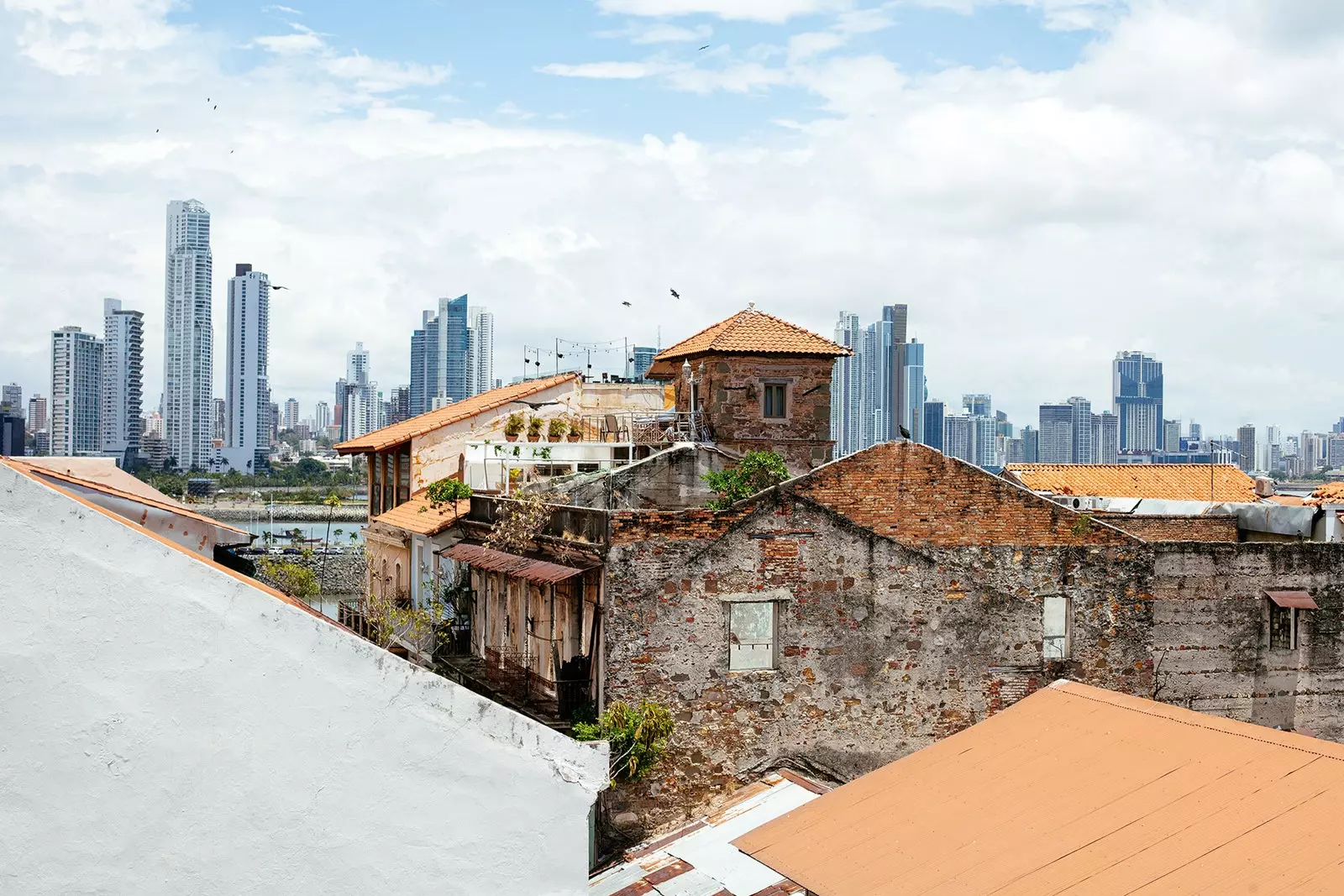
The old town of Panama
There is something unsettling in Panama City. There is a tense calm. Perhaps it is the humid tropical climate in coexistence with the routine dam (traffic), the eternal presence of the hydraulic hammers building without stopping or the Turkey buzzards (vultures) roaming the skies as in an eternal bad omen.
Maybe it's the feeling of knowing each other surrounded by wild nature, to find ourselves in the middle of a voracious fight between the cement and the mangrove. Perhaps they are the vibrations of the unstoppable engine of a city that is home to the most exorbitant fortunes on the planet. A wealth that seems to spring from almost any corner in the form of skyscrapers and floating highways on the Pacific Ocean.
Perhaps it is because Panama City is growing unstoppably, as a great nebula of glass and steel that does not quite match the dense green around it.
The city overwhelms and catches you off guard. But there is a place where all this is diluted, revealing the relaxed, creative, sparkling and daring side of the city. Welcome to Casco Viejo.
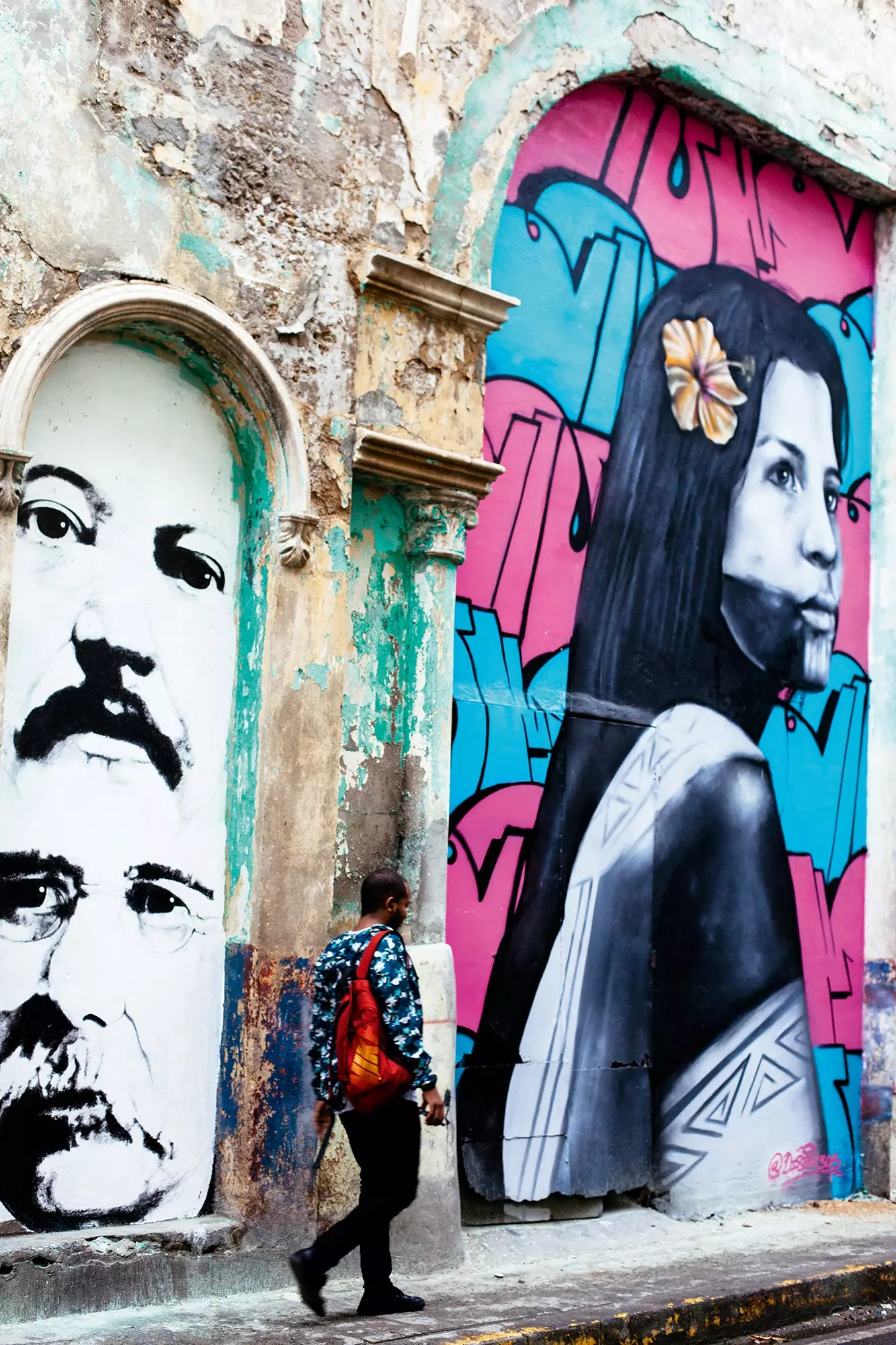
One of the streets of Casco Viejo with works of street art such as vigilantes
The history of this small peninsula is worthy of a novel of looting and bottles of rum. It was born in 1673, after the approach of the Welshman Henry Morgan on the original settlement of Panama, the so-called Old Panama . This new location was chosen for having the best natural barriers against corsairs and pirates: the Coral reefs.
And he almost succeeds. Today, a UNESCO World Heritage Site, its cobbled and colonial streets They are a germ of creativity and transfer where travelers find just what they are looking for: comfort and Caribbean calm. To understand Casco Viejo you have to talk to those who make it shine like never before. They are the same ones that have launched a gentrifying ray over the neighborhood, with all that this entails.
Because Here you can already order rogue burgers, frozen yogurts and French patisserie macaroons. We can even start the day with a Hawaiian brunch at two Canadian sisters' tiki joint. Because, on this side of Panama City, anything is possible. It is the land of possibilities, of entrepreneurs and of those who want to put down (business) roots beyond their homes.
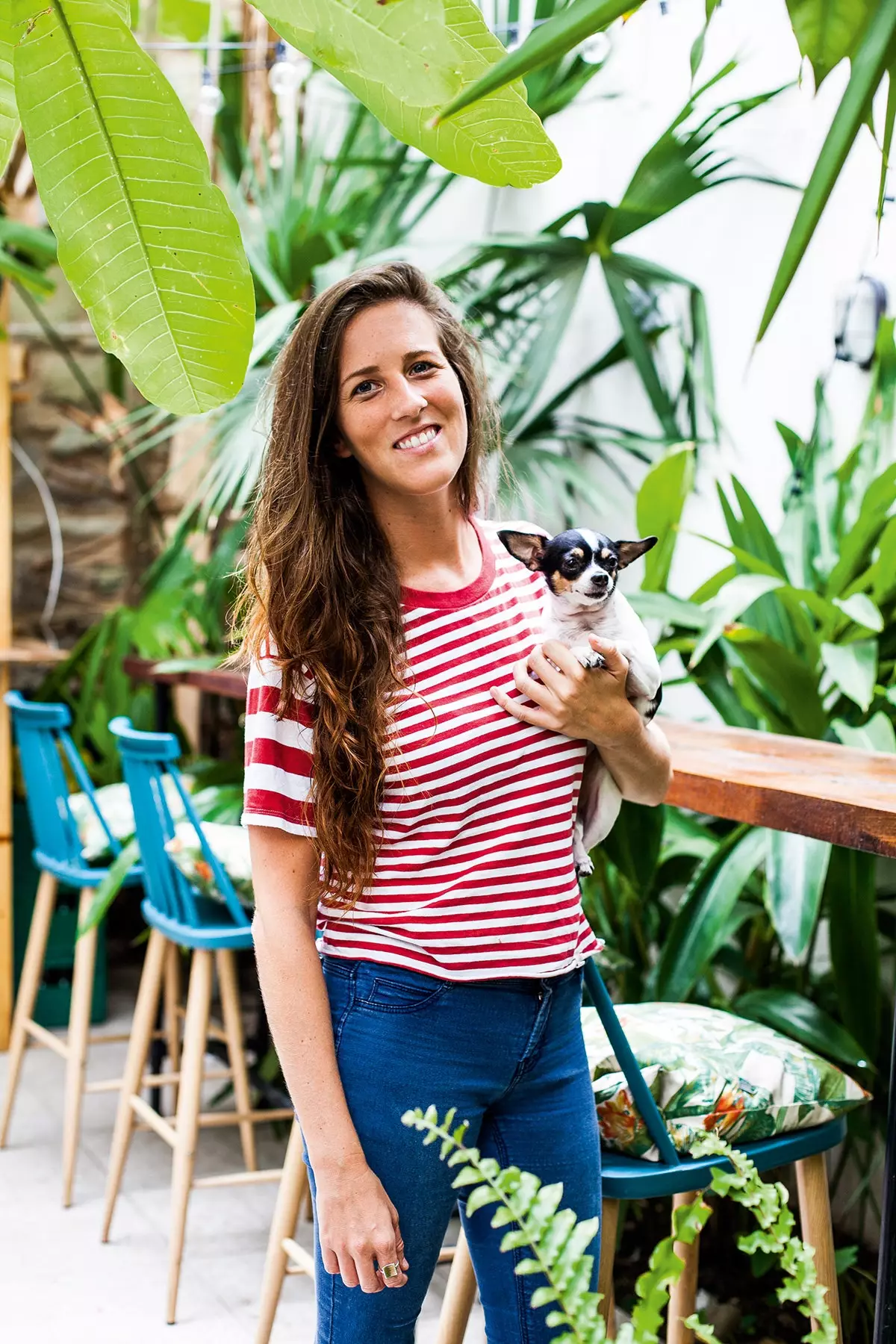
Brittany Morgan and her dog Olive at Mähälo, the tiki restaurant and cocktail bar
** This is the story of Brittany, Emma, her dog Olive and the local Mähälo **. The Morgan sisters arrived eight years ago and, inspired by the bustle of the area, decided to open their business two years ago. "There were so many young people, so many adventurers... I wanted to be surrounded by all that energy," says Brittany.
That energy of the streets of Casco Viejo is captivating, full of color, music, bright lights on until dawn and terraces brimming with nightly dancers. Casco Viejo deserves to be strolled over a slow fire and started with the best flavor of Panama: with a coffee.
The star variety is the geisha. In coffee shops like ** Bajareque Coffee House ** or united coffee (inside the American Trade Hotel), you can taste it thanks to the savoir faire of its baristas, who know how to enhance the notes of this coffee of Ethiopian origin that reaches all its splendor in the foothills of the mountains of Boquete, Chiriqui province . Soft, floral, unlike any other you've ever tried.
With a geisha in the body we get lost among the pastel-colored buildings and colonial facades. Along the way, an incessant sound that you never quite get used to: brief honks coming from taxis. It is the irritating way to attract the attention of the tourist.
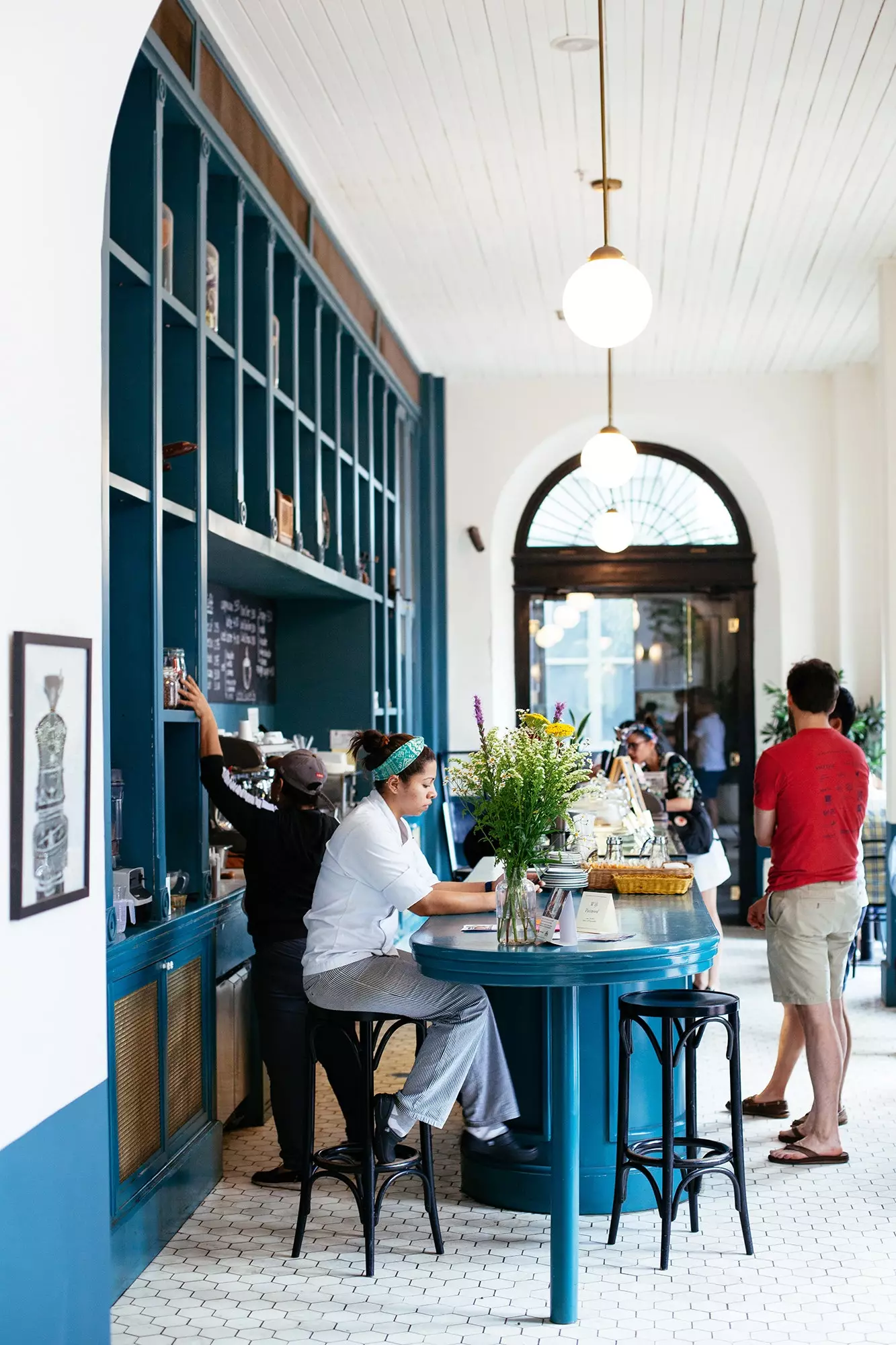
Café Unido, behind the American Trade Hotel
But suddenly... Pavarotti at full volume. We follow his call through the famous avenue A until we reach ** Madrigal Laboratory. Entering here is mandatory**: its design, its decoration, the Caribbean style without neglecting that elegance of dark wood, emerald green and indigo blue. There we meet a man from Madrid who fights to regulate the volume of the tenor's chest C: the chef and businessman Andres Madrigal. His past oozes stars (two Michelin) and travel. In one of them he saw the great panamanian opportunity and he did not waste it.
The Ochoymedio restaurant (also in Casco Viejo), **the Nina Concept store cafe** and, of course, Laboratorio Madrigal. Perhaps his most personal work? “I have orchestrated the entire Laboratory since my travels: the wallpaper is from London, the lamps from France, the chairs are Italian... Upstairs you will find Alquimia, the most refined drinks in Casco Viejo”.
On the same avenue A was the platform for artists Lupa , which today shows its doors closed. and there it is where new businesses are born, such as that of the Brazilian Ariana Lima (and hers, her dog Apolo), in whose boutique the textures of the canvases are mixed with the fabrics of her clothing designs; **or the guys at Joe Panama**, a young local brand of surf clothing.
Now we understand the reason for the works, the rumble of the machines: the Casco Viejo is in full swing and the shops, bars and restaurants appear and disappear hopefully and cruelly at the same time . As everywhere, the strongest wins.
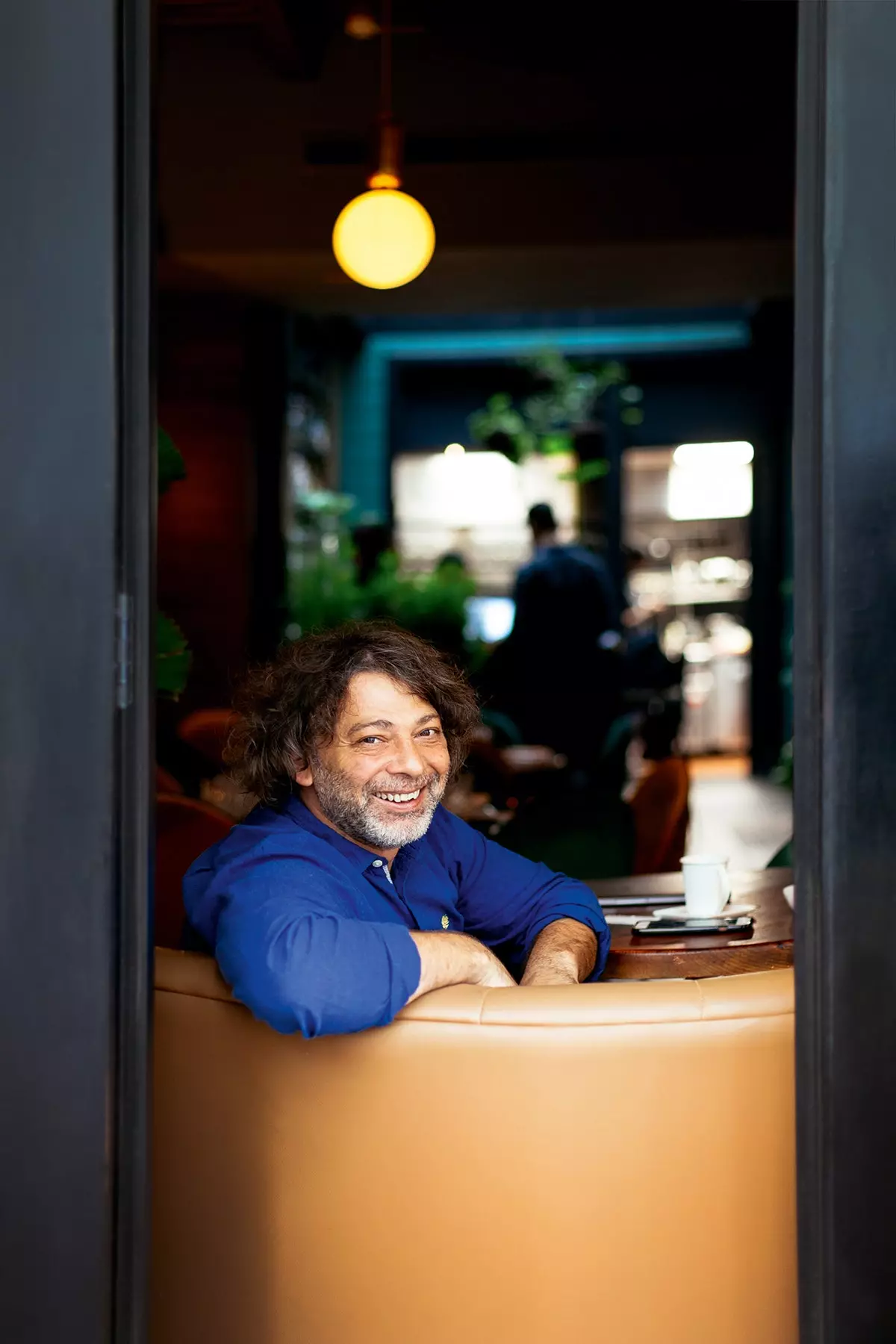
Andrés Madrigal, from Madrid, chef and owner of Laboratorio Madrigal
But also the most aware remains. The danger of cut-throat competition haunts both new venues and more traditional communities. A few meters from here Rosina Ynzenga, journalist and photographer from Madrid, welcomes us at ** Karavan Gallery **.
are already ten years those who have been working with women from indigenous communities and trying to preserve their customs through the Mua Mua Foundation: Karavan and the GreenBlue investment group we decided to unite to create the first cultural rescue center and try to stop processes that may enter extinction, promoting generational transmission”. A) Yes, In her gallery, 80% of the proceeds go directly to the artisan, helping the survival of the indigenous environment.
**Also led by a woman, Mary Quintero, we came across Undercover. ** The emblem of the store, which has been open for four years, are simple katiuskas. Each pair reflects an aspect of Panamanian culture and is sponsored by an association, such as those of the golden frog (endangered) by the Smithsonian Research Center.
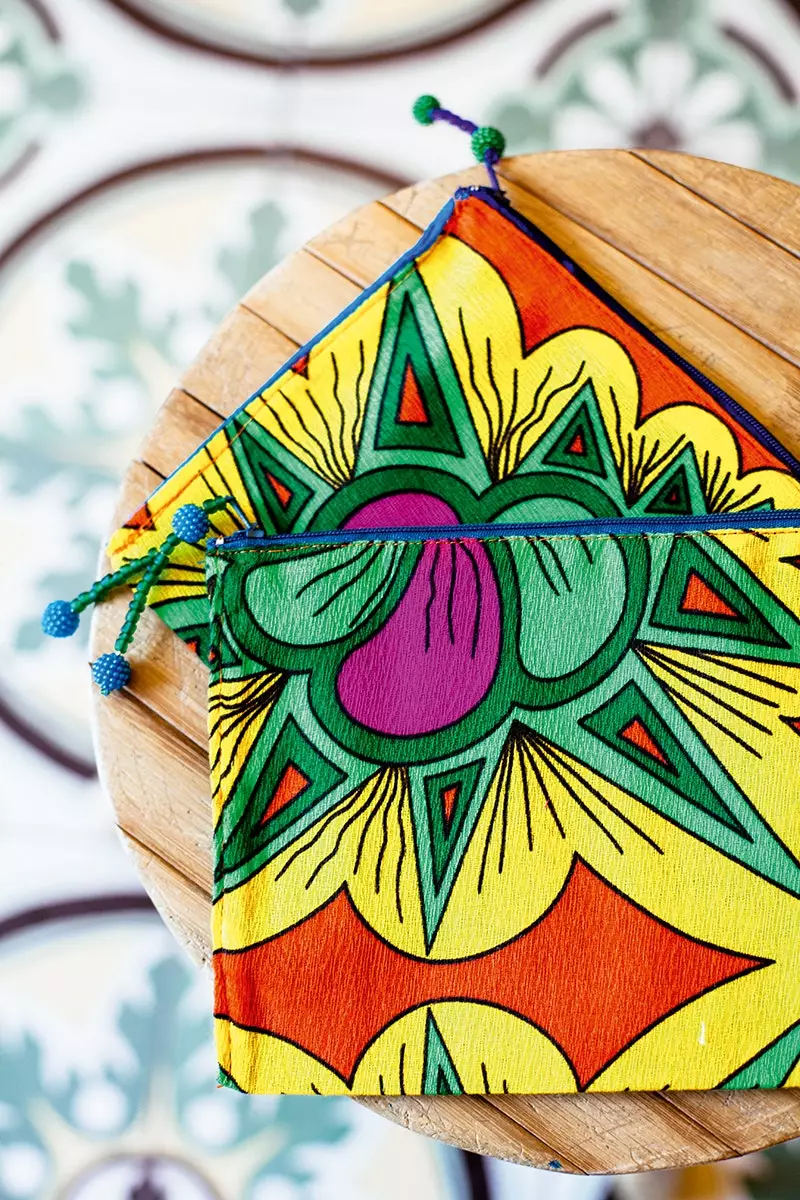
Parumas of the Emberá in Karavan Gallery
Quintero's business is in full expansion but she does not forget that here, in the Casco Viejo, is where “that vibe of colors, art and fashion is noticeable”. Therefore, to your store invites designers and artists who can make their work known, as is the case of the handbags made with indigenous fabrics –the molas of the Kuna and the paruma of the Emberá– by Diana Arcila, or the limited editions of bags and fans by the muralist Rolo de Sedas.
If we talk about women in the Casco Viejo, we must name the **Calicanto Foundation,** whose favorite word is “empower”: empower the residents of Casco Viejo and the neighborhood itself, trying to create awareness and safeguard it.
One of its training and integration programs, CAPTURE , came into the hands of the renowned chef Mario Castrellón and thus ** Fonda La Sexta ** was born . The employees, from different situations of social vulnerability, learn different trades here (table service, bakery, kitchen...) trying to find the necessary confidence to face a work challenge.
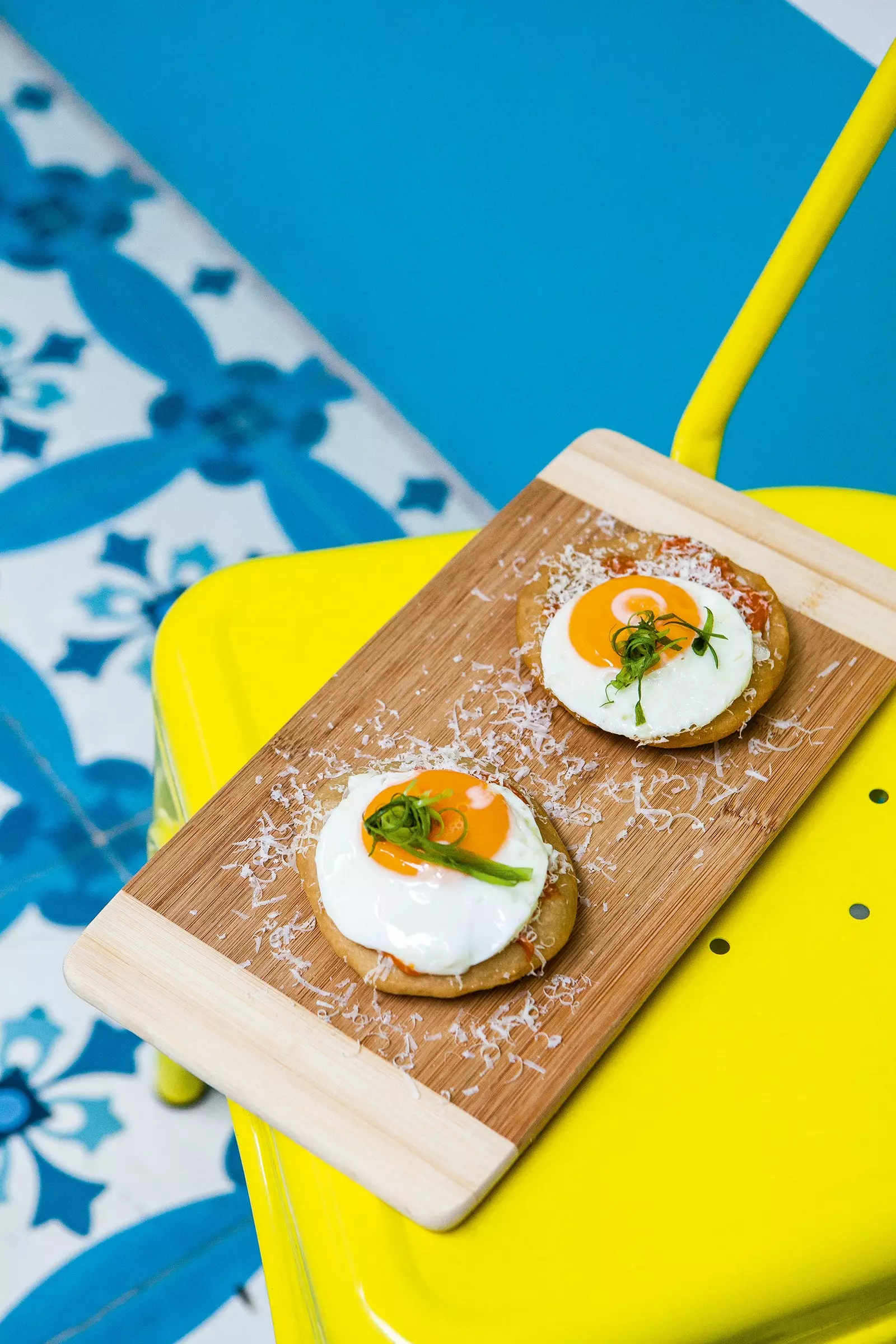
Puff pastry with country cheese and Creole sauce from Fonda La Sexta restaurant
In a land of opportunity and flow of riches it is difficult to find places that have been open for many years, but tremendously easy to find half-open doors. Such is the case of Paradise , a recently opened inn. On the outside, it attracts attention for its colorful parrots and cockatoos painted with a broad brush; inside, Italian creator Darío Beato has been in charge of successfully designing the brand and the mise en place of a place that promises to last (at least, on our Instagram).
In the same Plaza Herrera stands the American Trade Hotel, born in 2014. Years before, there was not an iota of luxury that its walls exhale now: it was known as the Greyskull castle and was home to gang members from Panama City.
Today, after the incessant work of the Calicanto group , which also worked its magic here with the young squatters , the only thing that remains from that time are the photographs of the graffiti that flooded the building, and are now displayed along one of the hotel's staircases. The interior, art deco, with certain Frenchified and always colonial touches. Pure luxury in the old house of misfortune.
The inventory of rooms in Casco Viejo continues to grow. The attractions of the neighborhood make it a treat for investments from all over the world. The machinery does not stop, it cannot do it: it is its moment.
Even old sleeping buildings wake up again from their lethargy, such as ** La Concordia, ** an old hotel from the end of the 20th century that today it is reborn with ten rooms and a Catalan flavor . The Fornós family brought this colonial jewel back to life in October 2017, which was a hostel, a banking company, a vinyl store and a tobacco company. Today, a terrace to relax and a restaurant, Tarraco, led by the Andalusian José Antonio de la Cruz, who prepares a cuisine with a Mediterranean flavor with Panamanian products.
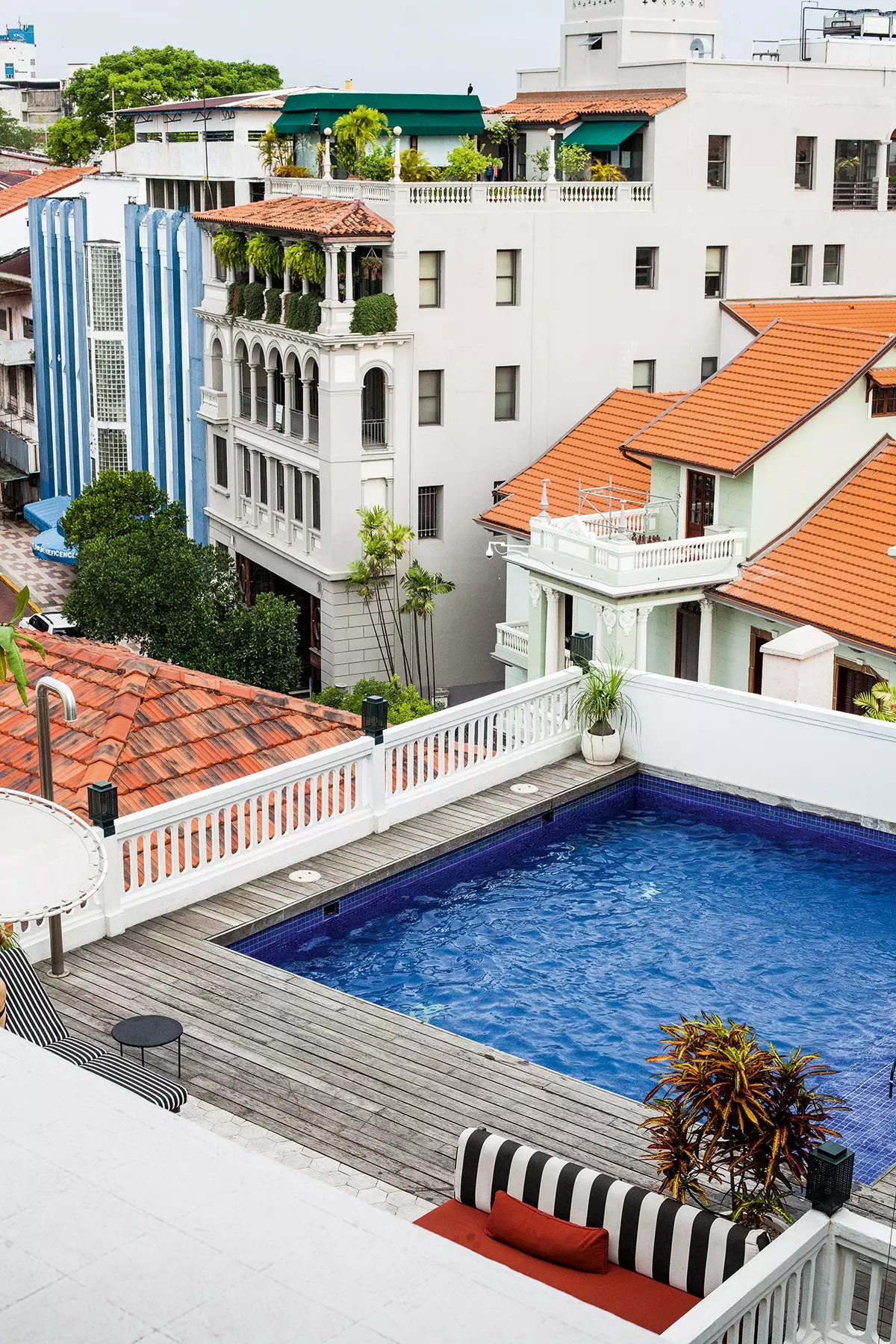
American Trade Hotel Rooftop Pool
Another of the flagship hotels in the neighborhood is Tántalo , who has already served six years (he is one of the veterans). On its rooftop, the most fun and endless parties in the city are cooked; in their kitchens, a mix of traditional products with international preparations; in its rooms, each designed by a different artist, the fantasies of its guests (it is not for nothing that one of its rooms is the famous 'Love. Ouch!', a bondage ode by the artist Gladys Turner ) .
The group Tántalo goes further in the Panamanian night and invites you to finish off the trip with a dinner with the best cocktails in your Calliope and an evening of dancing at the Amador Theater , within the same building. In Calíope's menu there is "cuisine without limits", very elaborate dishes that change every two months, "We do what we want, trying molecular cuisine and going through French-inspired dishes," concludes Pierre de Janon , their executive chef.
The same philosophy is felt in the menu as in the rest of the group's premises: laughter, fun and that "letting go" of the rhythm that marks the Panamanian night, that night in which everything seems possible. When the sun goes down we realize that the moon guides Casco Viejo. At odd hours the neighborhood grows in this kingdom of the rooftops.
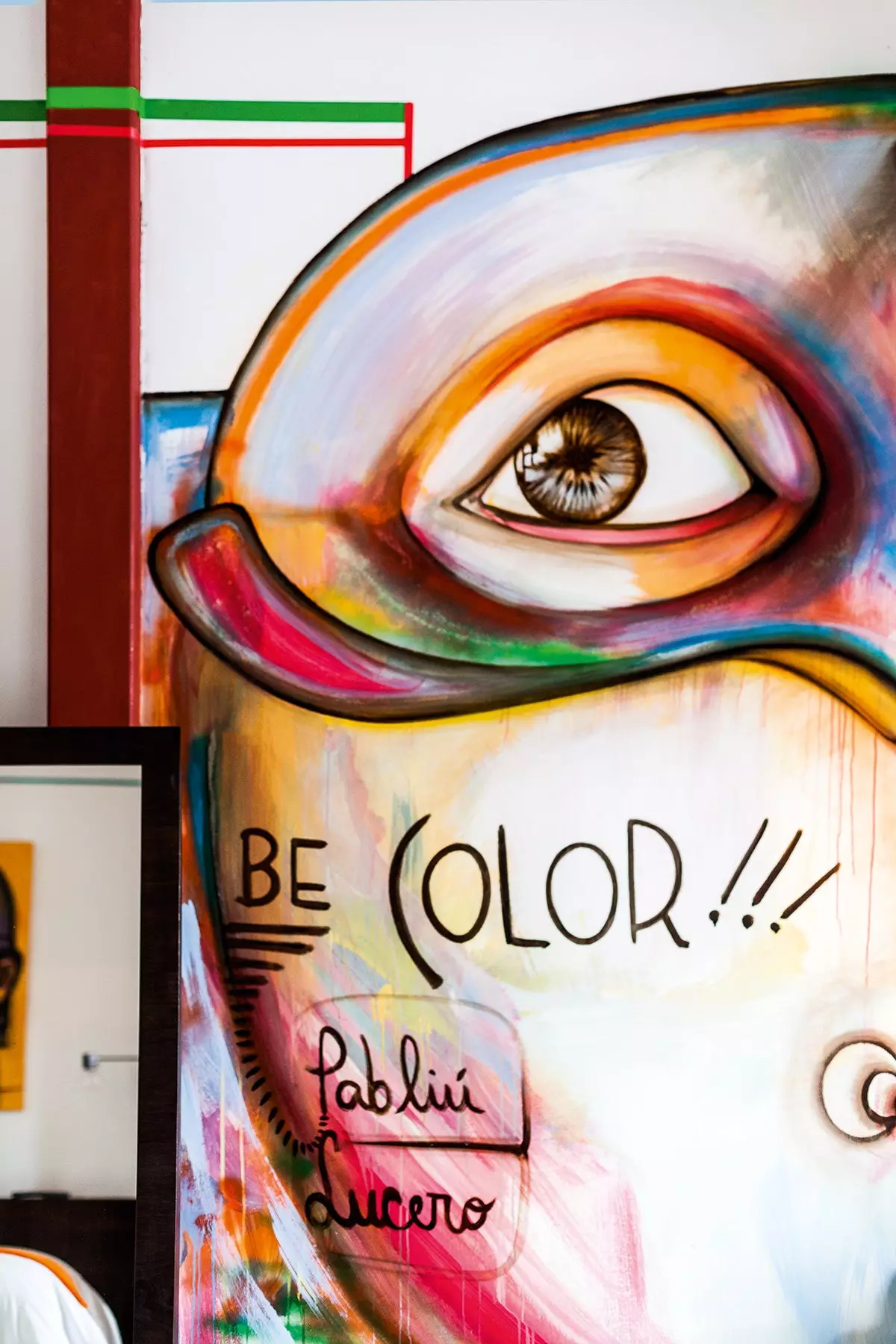
One of the works of art that are the stars of the Tántalo Hotel
And for the day? Vinyls, books, chocolate... knives? Since anything can happen in Casco Viejo, let's try to fulfill our wish list. **We start with a main course, with the epitome of the hipster, Tío Navaja **: old school aesthetics, dishes like his best seller Pig Chinatown , (award-winning) hamburgers and, of course, music.
One of his partners, JR Pérez, tells us that It is the only place in Casco where you can get a vinyl, like that of Felipe Arias, better known as 'Flipao', on the lips of all Panamanians with his album Mind in Bloom.
**And books, where are the books? Papaya Planet ** is less than a year old and it is that corner where the literature of the Helmet has ended up. "Whoever visits us is looking for culture, art, relaxation, silence... there's nothing rumba here," says Aura Trompiz , site manager.
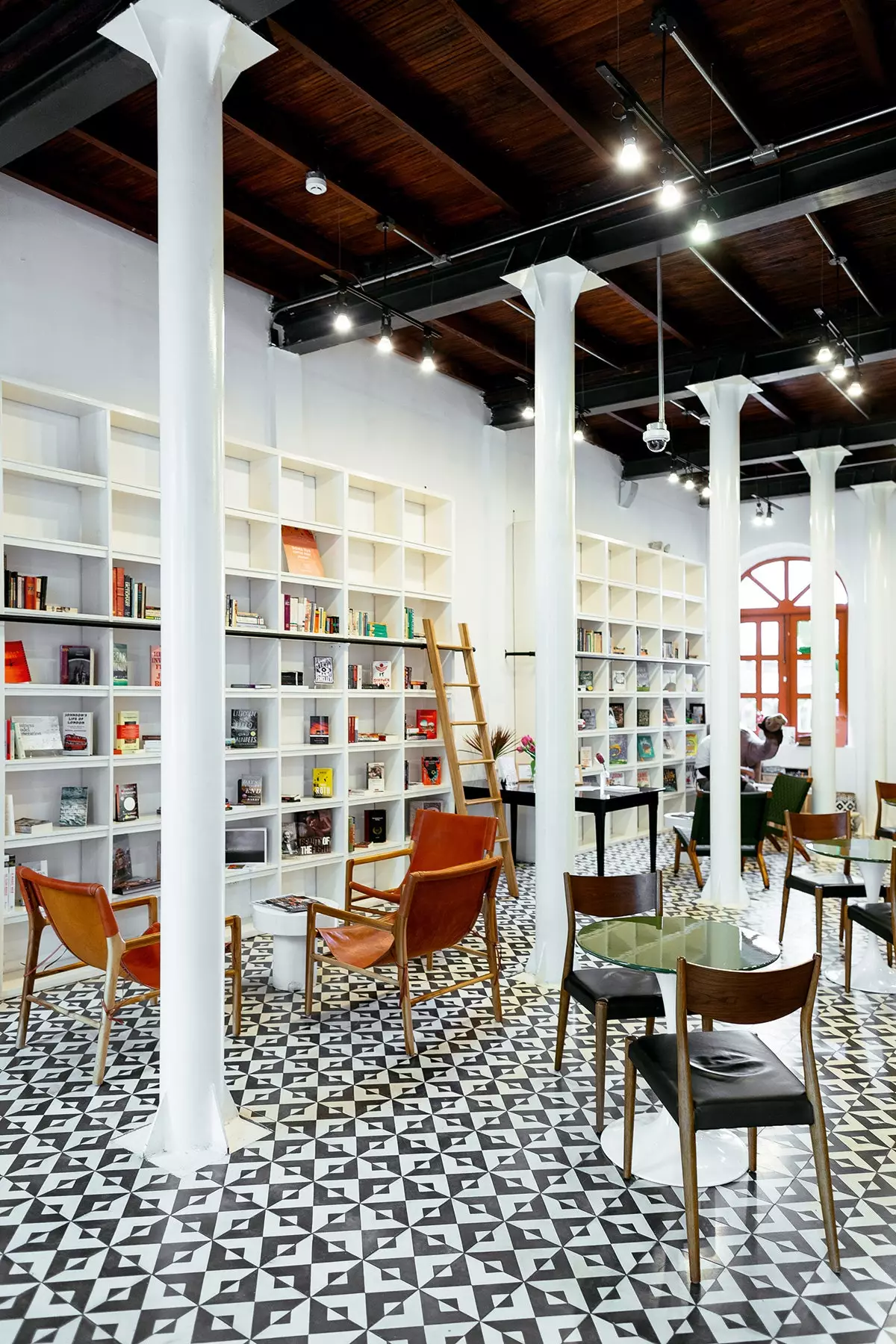
Main room of the Papaya Planet bookstore and cafe
We continue with an experience in the purest Chocolat style. We are not greeted by Juliette Binoche but by **Carolina Buglione, an Italian who opened Tropical Chocolate Café** a year ago. Her philosophy f_rom tree to bar_ – from the tree, in her plantation in Bocas del Toro, to the final product – is noticeable in the environment, in the incessant noise of the chocolate machines and in the intense smell, a mixture of cocoa and coffee . These sounds help to neutralize the works of the outside.
“Carolina, this does not stop growing, with its 'Future opening' signs. Are you happy here?" Carolina answers, but not before heaving a deep sigh: “You have to put up with the noise of the construction works, the traffic... but it will be worth it, we are going in the right direction”.
***** _This report was published in **number 119 of Condé Nast Traveler Magazine (July-August)**. Subscribe to the printed edition (11 printed issues and a digital version for €24.75, by calling 902 53 55 57 or from our website). The July-August issue of Condé Nast Traveler is available in its digital version to enjoy on your preferred device. _
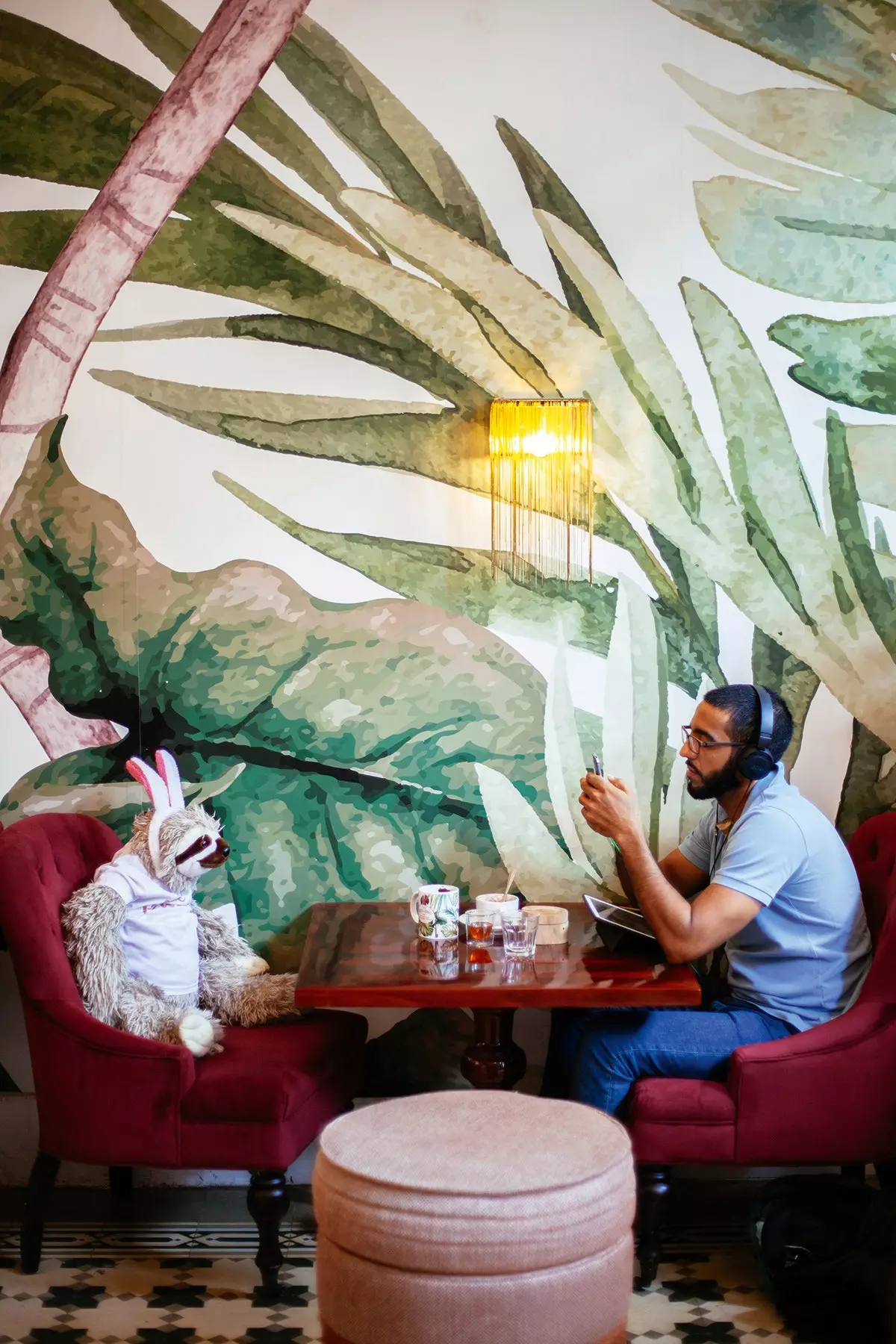
Caribbean joy and hipster madness at Tropical chocolate Café
